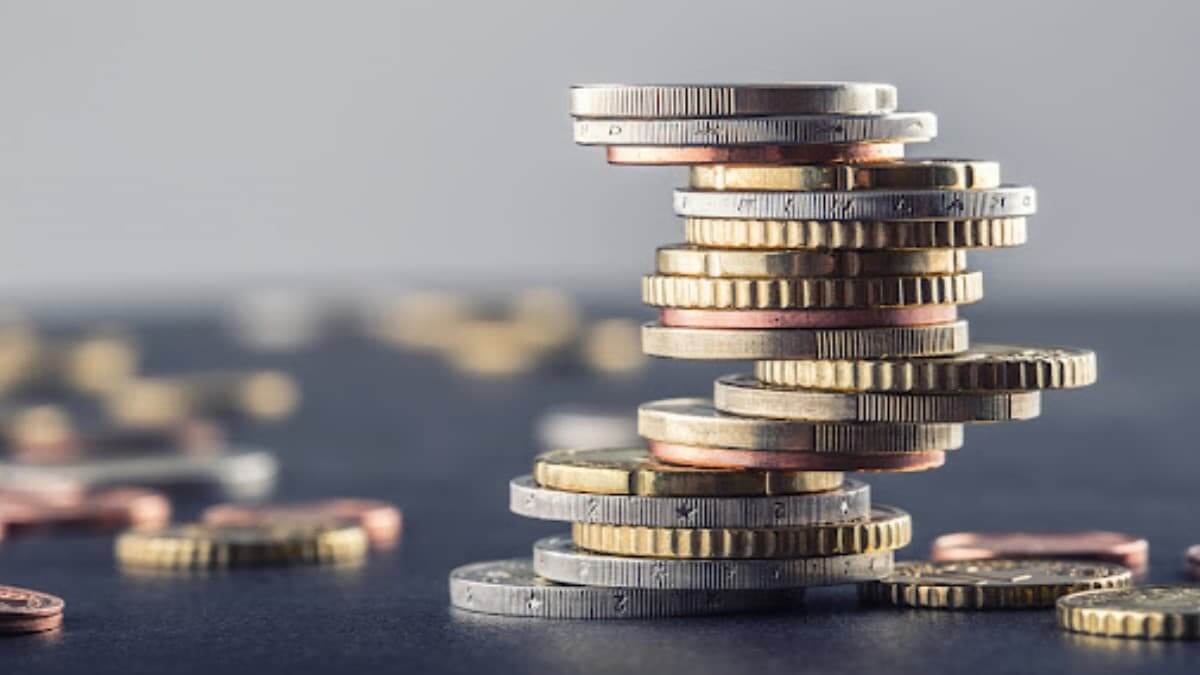
The Internal Revenue Service wants taxpayers that earn self-employed income to estimate and pay their income taxes every quarter.
The estimated tax paid doesn’t have to be the exact amount of tax owed for that quarter. After all, it’s an estimation of taxes owed. Use Form 1040-ES for guidance to figure out estimated taxes for the 3rd quarter. One thing to know about the estimated taxes is that the payment amount must be at least 90 percent of your tax liability for the quarter. If you run short, you’ll pay underpayment penalties even if you pay extra the next quarter. Having said that, it’s always best to pay slightly over what you estimated just to be safe.
For the third quarter, the estimated tax payment deadline works the same as other quarters. You must figure out estimated taxes and pay the Internal Revenue Service 15 days after the quarter ends. Again, there are penalties if you miss out on the deadline to pay.
Dates for Q3 estimated taxes
The third quarter starts on the first day of July and ends on the last day of September. After the quarter ends, you must pay taxes by October 15th. We recommend figuring out your estimated tax liability two to three weeks before the quarter ends, so you don’t have too much work on your desk when the next quarter’s plans come on board.
Quarter 3 estimated tax deadline is October 15th.
How to pay Q3 estimated taxes?
There are several payment channels for paying estimated taxes. Anywhere you can pay federal income taxes, you can pay estimated tax. We’ve covered how you can pay taxes online using credit cards or simply with your bank account. Making an online payment to the Internal Revenue Service is a lot more time-efficient than paying with money or check order, as you can pay with the click of a button.
If you underpay taxes, use Form 2210, Underpayment of Estimated Tax by Individuals, Estates, and Trusts, to figure out the penalty.